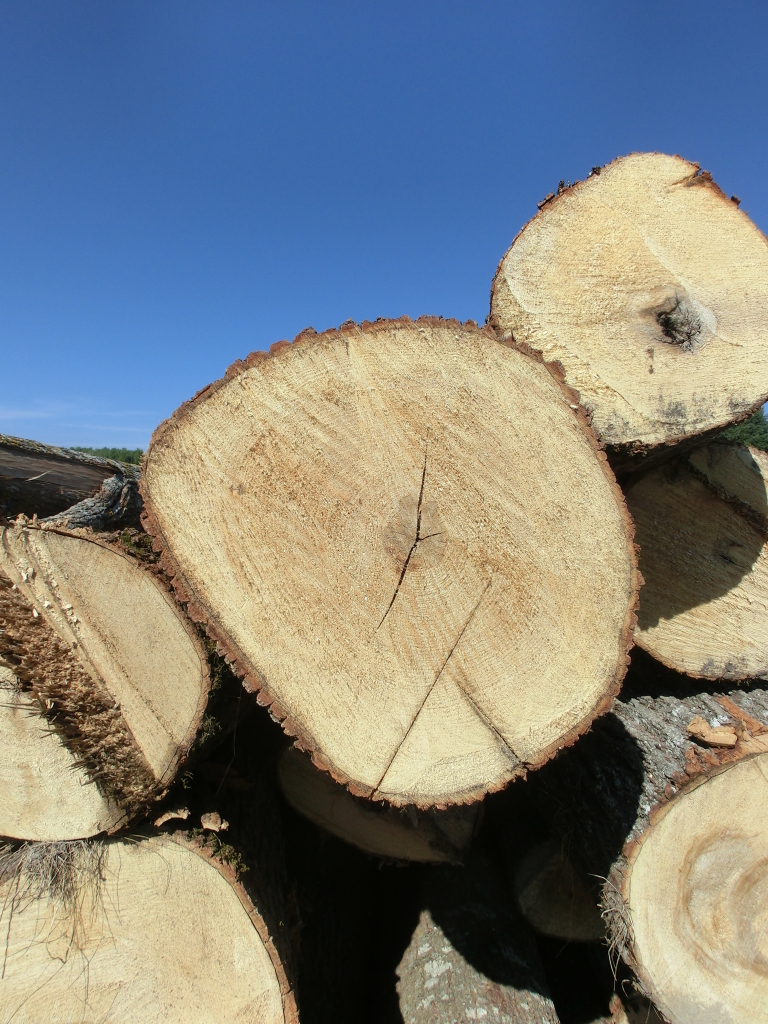The Science behind Tempered Tonewoods
So why is it that so many of the “golden era” of electric guitars in the 1950s and 1960s sound so wonderful? The Southern California heroes of electric guitar design and manufacture sure did not spend an extra penny selecting “special” lumber.
The secret lies in the way wood dries and then matures after drying.

Kiln drying removes water. It is the majority of the low viscosity liquid that fills the cells in the wood.
What is left after the wood has been dried to acceptable 8% to 12% humidity are resins and various cellulose and hemi-cellulose compounds that take many years to at least crystallize.
This “stuff” fills every cell in the wood.
Being “hygroscopic”, it is responsible for the expansion and contraction of wood by absorbing and releasing moisture. As the wood moves, it sets up tension and likes to warp and twist. Remove the “stuff” and / or make it become one with the cell walls and your board becomes dimensionally much more stable.
This will also impact the interface between the neck and the body. Different woods expand and contract differently. Minimize this movement and the connection between the neck and neck pocket will become predictably more tight. Again, better resonance.
The “stuff” is also a natural “damping” material.
Imagine filling an acoustic guitar with Styrofoam. The string sets the top to vibrating – less than it would without the weight on it damping it. Then the “sound info” has to fight it’s way through the muck to try and bounce off the back and back out through the sound hole. Not a really great guitar sound, right? Imagine this drama happening thousands of time throughout each cell of the guitar body and the neck of your instrument.
Different species experience this “damping” effect differently – soft species or the soft parts of a board experience the damping effect more dramatically than harder species or the hard part in the growth rings of soft woods.
So, even after heavier finishes effectively sealed off those classic instruments, still, the “stuff” filling the cells of the wood very slowly crystallized and polymerized and became part of the cell wall.
The result: electric instruments that slowly, over the years, became ever more resonant when played acoustically.
This long-term drying / maturing is at the heart of the sound so very admired in the Southern California instruments of the fifties and sixties.
For many years, people studying the revered violins, violas, violoncellos and such out of 17th century Cremona in Italy have advanced this same theory about the instruments of Guarneri, Amati, Stradivarius, and others working during that period of history.
